
Clicker

Drift Boss Arena
More games to drift through
Swap tabs in seconds and keep the momentum going with another arcade favorite.

Clicker

Adventure

Simulation
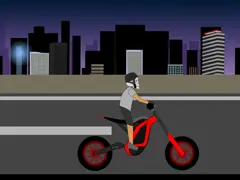
Simulation
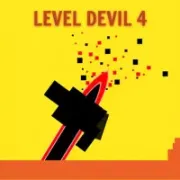
Puzzle
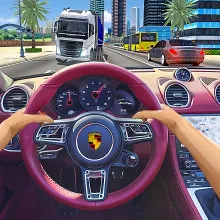
Simulation

Puzzle

Simulation

Action

Action
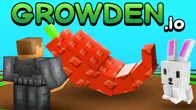
Simulation

Simulation

Sandbox

Simulation
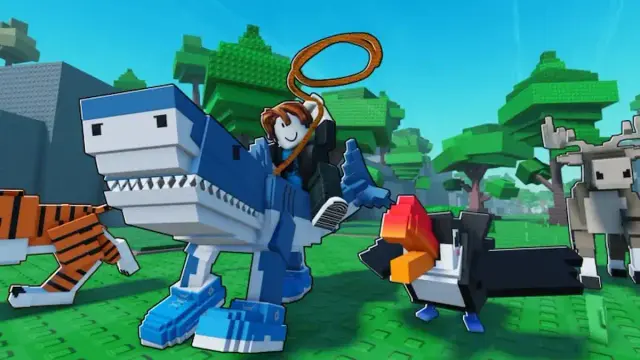
Simulation
Platformer
Master tight jumps, wall-kicks, and speedy routes in Happy Land—a cheerful Scratch platformer with fair checkpoints and fast stages built for quick, satisfying play.
Happy Land welcomes you with bold colors, rounded shapes, and a bouncy soundtrack, but the real hook is the movement. The first time you push off a wall or chain a double jump into a sprint, you notice how responsive everything feels. Happy Land uses a simple control set—move, jump, double jump, and wall-kick—yet the tuning is crisp enough that tricky sections feel learnable instead of luck-based. Whether you are new to platformers or chasing milliseconds, Happy Land makes success feel earned. Short levels, readable hazards, and forgiving checkpoints reduce frustration without draining challenge, encouraging you to experiment and take smarter risks on every run.
Each chapter of Happy Land introduces a compact idea and then pushes it a little further. First you hop across basic gaps; then you meet moving platforms, springy pads, and crumbly tiles. Before long you are stitching wall jumps into double jumps to cross a room of disappearing floors. The progression in Happy Land is gentle yet deliberate. Early layouts build confidence while later rooms reward rhythm, timing, and route planning. Because the game keeps stages short, you can retry instantly and see improvement within minutes. That instant feedback loop makes Happy Land ideal for quick sessions during a break or deep focus runs when you want to perfect a path.
Platformers live and die by their restart flow. Happy Land places checkpoints so that a missed landing never sends you too far back. You reset near the obstacle that beat you, learn its pace, and try again. This design keeps momentum high and turns setbacks into micro-lessons rather than time sinks. As a result, Happy Land cultivates a lighthearted pace: mistakes are brief, recoveries are quick, and breakthroughs arrive often. The structure helps younger players stick with it while giving veterans space to refine angles, shorten airtime, and trim detours on the way to faster clears.
Under its bright exterior, Happy Land offers a skill ceiling that invites mastery. Wall jumps trigger the moment you graze a surface; double jumps fire cleanly if you commit early; and sprinting between hops maintains flow. Because these fundamentals are predictable, you can rehearse lines until they feel musical. After you finish a chapter, replaying it becomes a hunt for smoother arcs and tighter landings. This is where Happy Land reveals its speedrunning potential: short, focused maps become canvases for route optimizations, with time saved by clipping edges, preserving momentum on descents, and chaining boosts from bouncy pads into immediate wall-kicks.
Spikes, swinging sweets, and shifting floors are designed to be legible at a glance. Clear silhouettes and consistent timing windows mean that failure rarely feels cheap. In Happy Land, you learn what each hazard wants from you and then perform the input sequence with growing confidence. The game’s upbeat aesthetic underscores this approach; even when the layout gets spicy, the visuals keep the tone cheerful and the screen uncluttered. That balance—whimsy up top, precision underneath—is what gives Happy Land its distinct flavor among browser platformers.
It is impressive how much control fidelity Happy Land extracts from a Scratch build. Inputs register promptly, coyote time feels generous but not exploitable, and the jump curve gives you both short hops and committed leaps. Because the engine is accessible, Happy Land is an inviting example for creators who want to study clean, readable level design. For players, the benefit is simple: everything just works. You can focus on learning the rhythm of a room instead of fighting the controls, making Happy Land a natural pick for fast warm-up runs or casual evening play.
One reason Happy Land fits perfectly into a busy day is its compact level length. You can clear a stage in under a minute, then use the time you saved to push your PB or jump to the next area. The cadence is satisfying: enter, read the layout, fail safely, improvise, and succeed. Because iteration is quick, you retain what you learned and apply it immediately. As a result, Happy Land supports a pleasant cycle of micro-goals: nail a hard wall-kick, thread a moving platform sequence, or shave off a second from a previous route. Those little wins stack up, turning a handful of levels into a series of bright checkmarks on your personal skill ladder.
Happy Land is easy to recommend across ages. Younger players benefit from the forgiving restarts, readable visuals, and straightforward controls. Meanwhile, experienced platformer fans can mine depth from movement tech and level routing. The same stage that teaches a newcomer to time a double jump can challenge a veteran to preserve momentum through a sequence of near-frame-perfect hops. This dual appeal helps keep Happy Land on your bookmarks: it is a reliable dose of platforming joy that you can share and revisit without friction.
Momentum is addictive. The more you play Happy Land, the more you feel the tempo beneath each layout. You begin to anticipate platform cycles, pre-buffer your jumps, and land on the exact pixel that lines up the next move. Even after you finish every chapter, Happy Land still has reasons to return—cleaner lines to draw, safer backups to practice, and experiments with alternate routes that trade risk for speed. Because stages are compact, iteration feels generous; there is always time for one more attempt.
Keep your thumbs calm and your eyes ahead. In Happy Land, most mistakes come from over-correcting midair or reacting late to a moving platform’s rhythm. Try to read the entire room from left to right before your first jump so you are not surprised by a second hazard. When practicing, break a stage into chunks and focus on the transition that gives you trouble—such as the wall-kick into a disappearing floor. By isolating the obstacle, you will reinforce the timing faster. Remember that Happy Land rewards decisive inputs: commit to a jump, land, and reset your stance instead of tapping half-measures that sap momentum.
Once you are clearing comfortably, study where the floor height changes and where a wall lets you convert vertical speed into horizontal reach. In Happy Land, the best routes often minimize extra jumps and preserve velocity after bounces.
Need more drift intel? Read the Drift Boss Help Center or contact our crew through the support page.